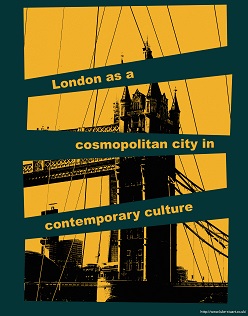Imagining Chinatown: Broken Blossoms (1919) in Britain
DOI:
https://doi.org/10.13130/2035-7680/10821Palabras clave:
London, Chinatown, silent film, race, Limehouse, immigrantsResumen
Before the Second World War, the majority of London’s modest Chinese population –consisting of approximately 900 people – resided in Limehouse, the East part of the city. The popular discourse saw Chinatown as synonymous with an exotic underworld filled with opium dens and exotic indulgences; a place where respectable Englishwomen were threatened by the lechery of Chinese men, and where less respectable Londoners could indulge in their vices. In this paper, I examine cultural texts that validated and reinforced the image of Limehouse as a place existing outside of Anglo-Saxon norms, where, to quote HV Morton, ‘queer things happen in a mist of smoke.’ Placing my focus on the ways in which Chinese community was represented in the popular media, I combine the analysis of Broken Blossoms (1919) and London (1926) with the critical opinions expressed by film editors and contemporary movie-goers. I also investigate the threat of miscegenation, usually inherent to the representation of Limehouse in the popular press. London Evening News, for example, encouraged their readers to pity ‘degraded’ white women who fell for ‘the Yellow Man.’ In line with the 1920s’ rhetoric of eugenics, other newspapers suggested that wives of immigrants living in London’s Chinatown were declining physically – gradually acquiring Chinese-like features – and mentally, as a result of their morally transgressive behaviour. Was Limehouse represented in universally pejorative terms, and, if so, what kind of social forces made such narratives reverberate?Métricas
Cargando métricas ...
Descargas
Publicado
2018-11-30
Cómo citar
Frymus, Agata. 2018. «Imagining Chinatown: Broken Blossoms (1919) in Britain». Altre Modernità, n.º 20 (noviembre):12-37. https://doi.org/10.13130/2035-7680/10821.
Número
Sección
Saggi Ensayos Essais Essays




